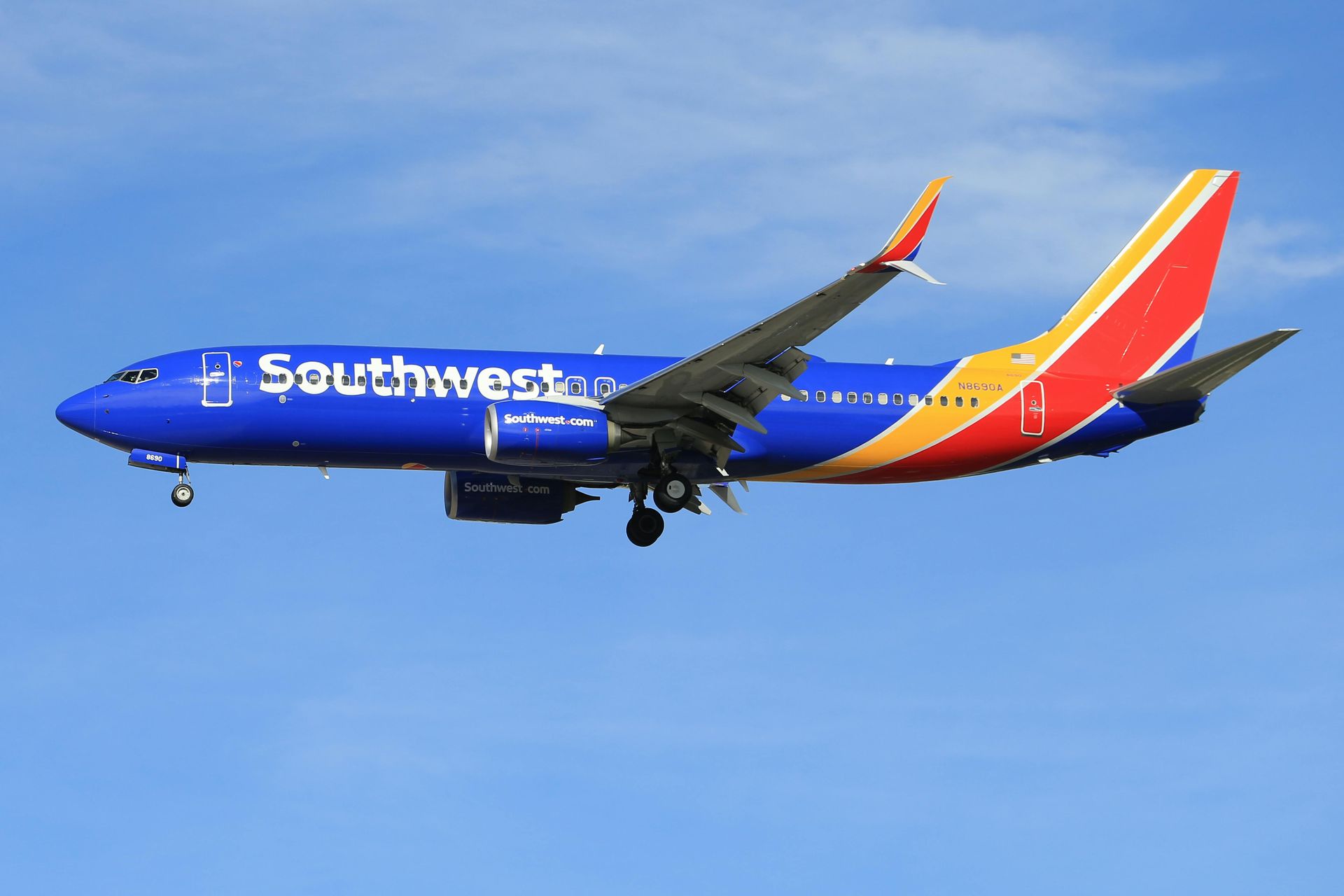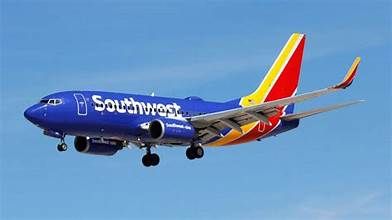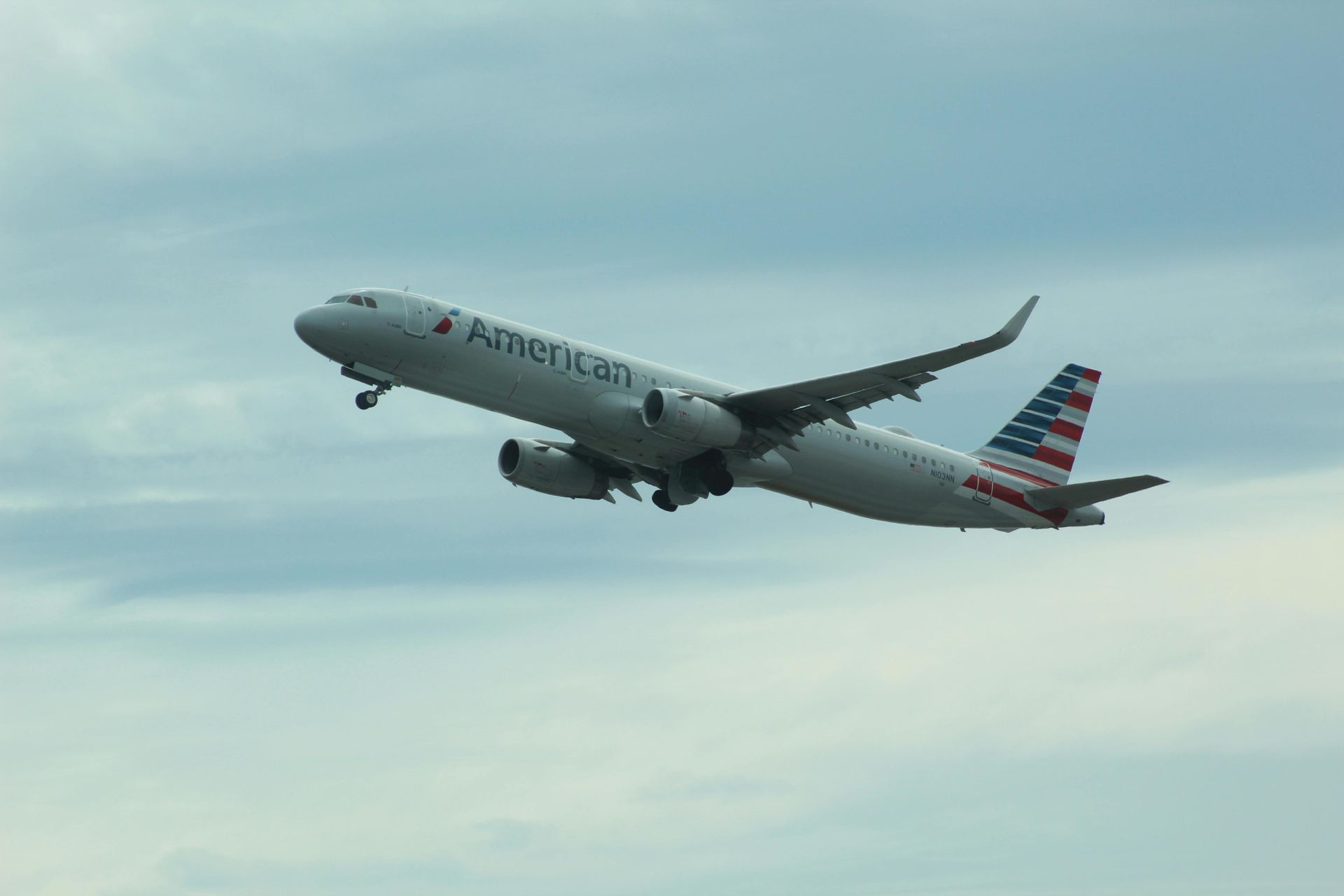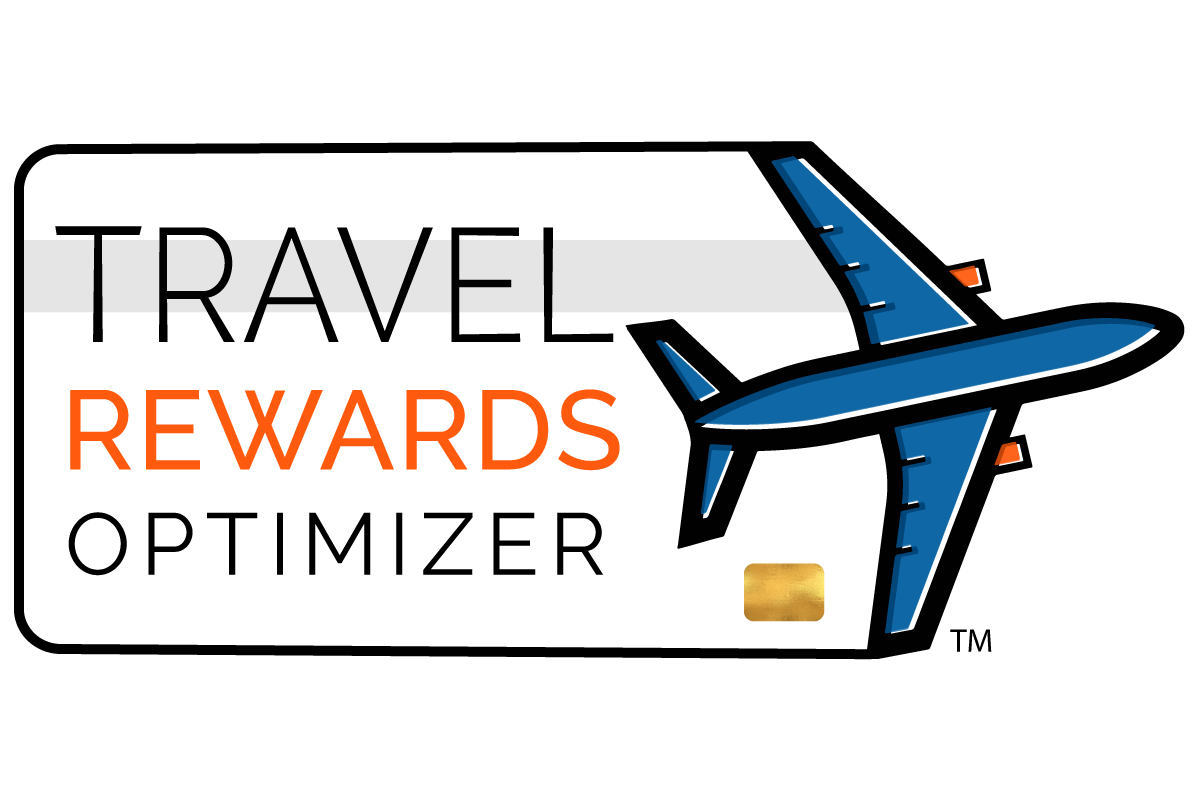Amex Delta Cards: A Range of Options for Very Different Flyers
The TRO post from February 9th brought up the topic of credit card “families” and how cardholders can upgrade within a family to increase benefits or downgrade to decrease annual fees. Over the next few weeks, Travel Rewards Optimizer posts will discuss credit card families for co-branded cards (airlines and hotel chains) as well as families of cards that generate proprietary points or cash.
Today’s installment, and the second in the series, will discuss four Delta Airlines co-branded cards offered by American Express.
- Amex Delta Blue
- Amex Delta Gold
- Amex Delta Platinum
- Amex Delta Reserve
The Delta cards have had a recent “refresh” that has added some benefits and modified others. This refresh has come with some hefty increases in annual fees for the three cards that have an annual fee.
Amex Delta Blue
The Delta Blue card is an entry level offering that has no annual fee. It comes with a welcome bonus of 10,000 SkyMiles for spending $1,000 within six months. I would estimate this bonus to be worth about $120.
Cardholders get double (2X) SkyMiles per dollar spent at restaurants and for Delta purchases. Other purchases earn one SkyMile per dollar.
There are no benefits when flying Delta except for a discount for in-flight purchases (drinks and snacks).
Amex Delta Gold
The current offer for this card is that the annual fee is waived for the first year and then is $150 per year after that. This new annual fee reflects a recent increase of $55.
The sign-up bonus is 70,000 SkyMiles (worth $800+) after spending $3,000 within the first six months. And, for every year you spend at least $10,000, you get a $200 Delta flight credit.
For SkyMiles accrual, cardholders get 2X miles for restaurant, grocery, and Delta purchases.
Unlike the Delta Blue card, the Gold card confers some benefits once you fly Delta.
- Free checked bag
- Priority boarding (for that coveted overhead space)
- A 15% reduction when redeeming SkyMiles for travel on Delta
Between the free checked bags and the savings when redeeming SkyMiles, a cardholder can cover the annual fee if taking at least a couple of Delta trips per year.
Delta Platinum
The Delta Platinum card is currently offering a welcome bonus of 90,000 SkyMiles (worth around $1050) after spending $4,000 in the first six months. The annual fee has recently increased from $250 to $350.
SkyMiles accrual is similar to that with the Delta Gold card except cardholders get 3X miles for Delta purchases and also 3X miles for stays in eligible hotels.
Flight benefits such as priority boarding, free checked bag, and a 15% SkyMiles redemption discount are also the same as with the Gold card.
The Platinum card adds a group of benefits that can make it worth the extra $200 over the annual fee for a Gold card.
- After the first-year renewal, you receive a companion certificate for a free round trip in the United States, the Caribbean, or Central America. This companion certificate is limited to Main Cabin.
- A $10 per month credit for ride share services such as Uber and Lyft
- A $150 annual credit for bookings though Delta Stays
- A $10 per month credit for restaurant visits through Resy
- A credit for Global Entry or TSA PreCheck applications
The Delta Platinum may be helpful for those who want an upgraded Delta experience.
- These cardholders are prioritized for upgrades (although upgrades can’t be expected).
- Cardholders are credited with 2,500 Delta Medallion Qualification Dollars (MQDs) each year to give them a head start on achieving Medallion status.
- Cardholders receive one MQD per $20 spent which can accelerate their progress toward Medallion status levels.
Amex Delta Reserve
The Delta Reserve card annual fee is $650, and the welcome offer is 100,000 SkyMiles (worth about $1,200) after spending $6,000 on the card in the first six months.
Many benefits are similar to the Platinum card. The key additional benefit for this card level is access to Delta SkyClubs.
- Cardholders can visit Delta SkyClubs or American Express Centurion lounges when flying Delta.
- Cardholders also get four guest passes each year for companions flying with them on the same flight.
- Starting in 2025, Delta SkyClub visits will be limited to 15 per year. This limit will be waived for cardholders spending at least $75,000 per year on the card.
Some of the benefits of the Platinum card are enhanced for Delta Reserve cardholders.
- The companion certificate is not limited to Main Cabin and can be used for First Class or Delta Comfort.
- The credit for bookings with Delta Stays is $200 per year.
- The Resy credit is $20 per month.
- Reserve cardholders receive one MQD per $10 spent so progress toward Medallion status will be faster.
The one drawback relative to the Platinum and Gold cards is that there is no SkyMiles bonus for grocery, restaurant, or hotel spending. There is only a 3X bonus for Delta purchases.
My conclusions
While the Amex Delta Blue card has no annual fee, I don’t really understand its niche. The sign-up bonus has minor value and perhaps with some restaurant spending might net the cardholder one-half of a domestic round trip or perhaps a shorter round trip. However, with Delta SkyMiles having a value of about 1.2 cents each, this card could generate a little more than 2% return in Delta flights per dollar spent. That is assuming you used the card only for restaurants or Delta purchases. At the same time, you could use a no fee, cashback card that could generate 2% on all purchases and you would not have the constraint of having to use the cash on Delta.
Perhaps this card would have a place with someone who lives in a Delta hub (like Atlanta or Minneapolis/St. Paul), wants to avoid annual credit card fees, and wants to save a little money on the occasional Delta flight.
The Delta Gold card can have clear value during the first year since the annual fee is waived and the welcome bonus is worth at least $800 in Delta flights. On an ongoing basis, you can certainly cover the annual fee if you take advantage of the free checked bags and use the SkyMiles redemption discount when booking free flights.
Ms. Optimizer and I have both held Delta Gold cards in the past and we now have one between us. We don’t use it much for purchases because, if we want Delta SkyMiles, it is much easier to accumulate Amex Membership Rewards points and simply transfer them at a ratio of 1:1 to our SkyMiles account. Nonetheless, we keep the one Delta Gold on hand to get the 15% redemption discount, the free checked bags, and slightly earlier boarding to snag the coveted overhead baggage space. I expect we will keep one Delta Gold card going forward as we tend to “shop” the airlines and Delta is always in our choice set.
The Platinum and Reserve cards seem to be good options for Delta loyalists (or those who feel they are hostages in Delta hubs) who fly with some frequency and are highly likely to be flying Delta. With enough travel on Delta, it is possible to get enough value to justify the premium annual fees. With the MQD boosts and MQD accrual through spending, these cards are also a good option if achieving some sort of Delta Medallion status is a priority.
Because this series on credit card families has been written with an eye to the possibility of upgrading and downgrading cards as one’s needs change, I want to point out that Amex has recently enacted a new policy for many of its credit card families including the Delta credit cards. To discourage downgrading to less expensive cards, the language in the current applications suggests that if you have had a more expensive card in the past, you may not be eligible for the signup bonus offered with the less expensive card in the same card family. So, if you have held a Delta Platinum and want to downgrade to a Delta Gold, you may still be approved for the Delta Gold card, but you will not get the sign-up bonus. As far as we know, there is no similar policy for cardholders who want to upgrade to a more expensive card. It appears that, if you have never held that card in the past, you can get the welcome bonus as you upgrade.
When we design a custom Travel Rewards Optimizer plan for you, we take the types of information discussed in this post into consideration. We look into your unique travel goals, travel habits, spending patterns, and preferences so that the cards we recommend for you generate free travel quickly and provide relevant benefits while keeping annual card fees in check.
We are ready to help you turn your routine credit card spending into the travel of your dreams.











